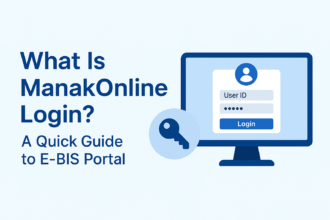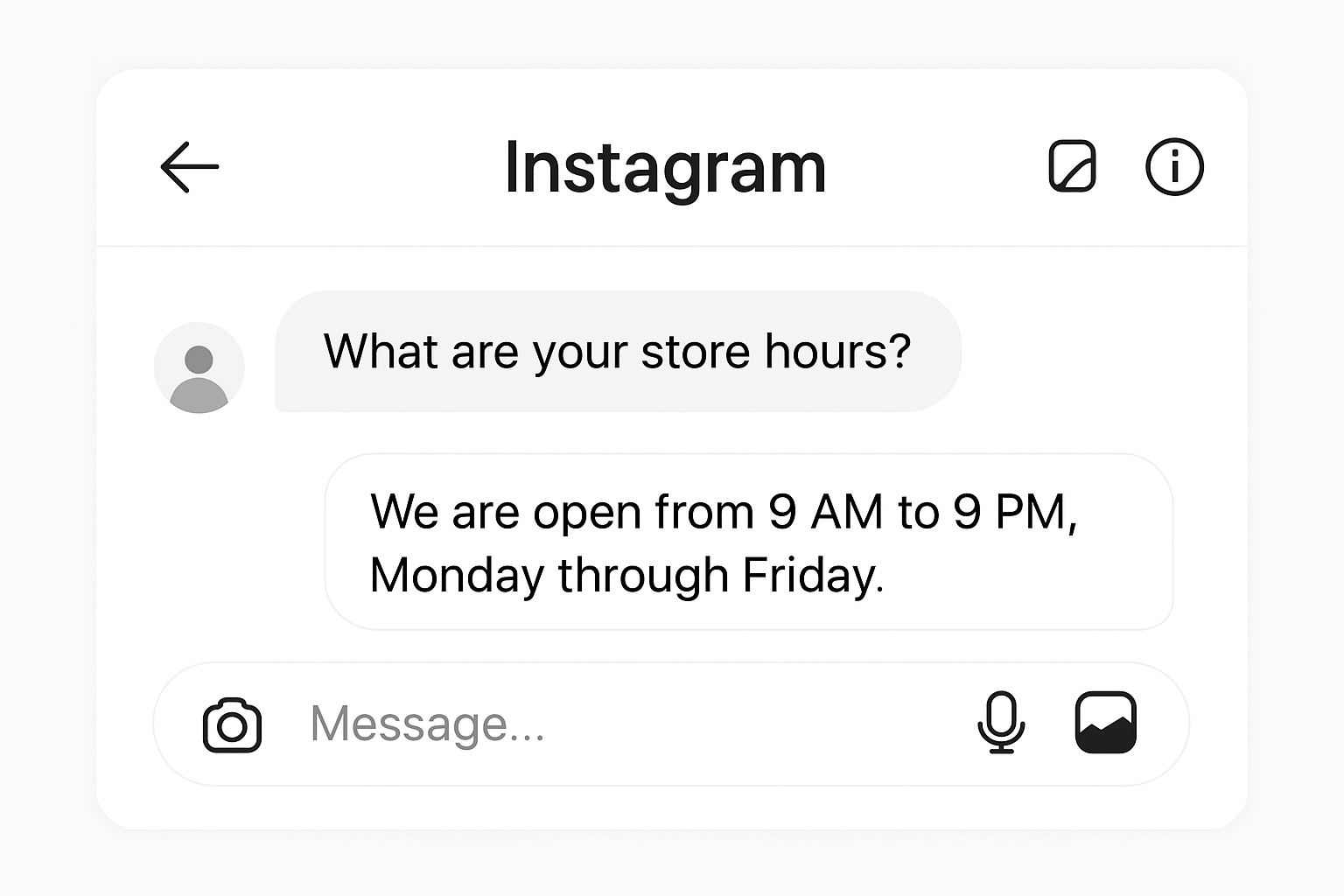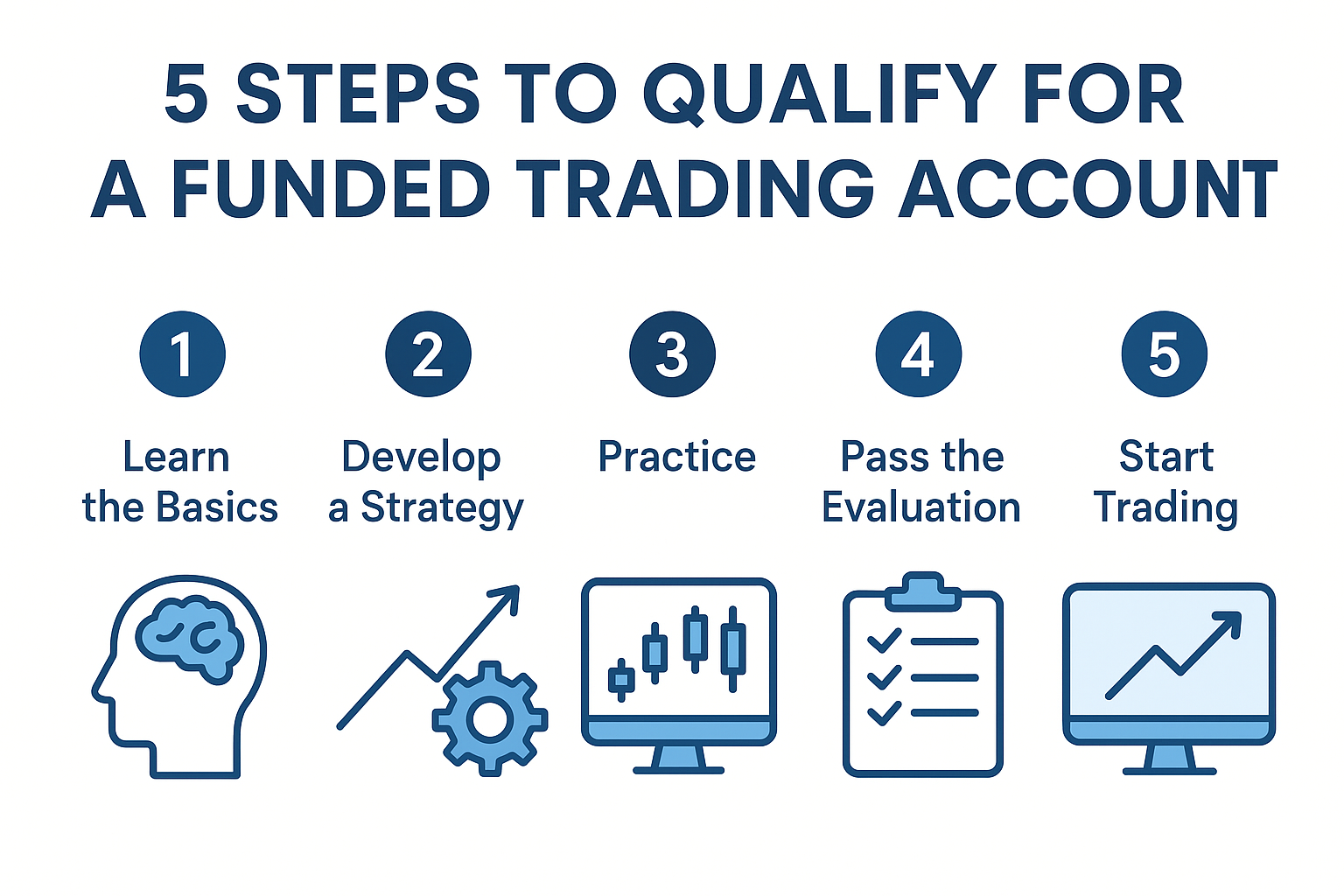Best Practices for Confidential Information Handling in the Cloud
- 1 Best Way Confidential Information Handling in the Cloud
- 1.1 Understand Your Data:
- 1.2 Adopt a Zero Trust Architecture:
- 1.3 Encryption is Non-Negotiable:
- 1.4 Employ DLP Tools:
- 1.5 Regularly Backup Data
- 1.6 Implement Multi-Factor Authentication (MFA):
- 1.7 Regularly Audit and Review Access Controls:
- 1.8 Stay Updated on Compliance Regulations:
- 1.9 Educate Your Employees:
- 1.10 Choose a Reputable Cloud Service Provider:
- 1.11 Monitor and Respond to Threats in Real-Time:
- 2 Conclusion
The migration to cloud computing has transformed the way businesses operate. However, one of the primary concerns with this shift has been managing and safeguarding confidential information. As digital repositories grow and data breaches become increasingly common, understanding best practices for protecting personal information in the cloud has never been more crucial. For those who utilize platforms like Office 365, tools such as Office 365 DLP (Data Loss Prevention) provide an additional layer of security. This article delves into crucial strategies to keep your information secure.
Best Way Confidential Information Handling in the Cloud
Understand Your Data:
Before effectively protecting your information, you must understand the type and sensitivity of the data you store. Categorize your data based on levels of sensitivity. This foundational step enables companies to apply the proper protection mechanisms.
Adopt a Zero Trust Architecture:
The Zero Trust model operates on the principle “never trust, always verify.” In essence, assume that threats can come from outside and inside your organization. Therefore, every access request is fully authenticated, authorized, and encrypted before granting access, regardless of the location of the request.
Encryption is Non-Negotiable:

Data, when in transit or at rest, should always be encrypted. This means that even if there’s a breach, the data remains unreadable and useless to the cybercriminals. Look for cloud services offering strong encryption standards and responsibly managing encryption keys.
Employ DLP Tools:
One of the standout features of platforms like Office 365 is the inclusion of DLP. This feature allows organizations to identify, monitor, and automatically protect sensitive information across Office 365. With policy tips and notifications, users are informed in real-time about potential policy violations, enabling proactive measures against possible data breaches.
Regularly Backup Data

While many view the cloud as an automatic backup solution, it’s essential to have separate backups. This ensures data integrity and availability in case of ransomware attacks or other data loss incidents. Regularly test these backups to confirm data recovery processes are functional.
Implement Multi-Factor Authentication (MFA):
MFA adds an extra layer of security, ensuring that users provide two or more verification factors to gain access. This typically includes something they know (password), something they have (smartphone or security token), or something they are (fingerprint or retina scan). MFA significantly reduces the chances of unauthorized access.
Regularly Audit and Review Access Controls:
Privileges should be granted on a “need-to-know” basis. Regularly review who has access to what data and revoke unnecessary privileges. Conducting periodic audits helps identify and rectify potential vulnerabilities.
Stay Updated on Compliance Regulations:

Depending on your industry and region, specific compliance regulations regarding data protection might exist. Ensure that your cloud storage solutions align with these regulations. Office 365, for instance, ensures compliance with global, regional, and industry-specific standards.
Educate Your Employees:
Often, the weakest link in data security is human error. Regular training sessions should be held to educate employees about data protection, identifying phishing emails, using strong passwords, and reporting suspicious activities.
Choose a Reputable Cloud Service Provider:
Partner with cloud providers known for their security measures. These providers will have data centers with strong physical security, regular vulnerability assessments, and other critical security features. Look into their security certifications and past performance records.
Monitor and Respond to Threats in Real-Time:
With the advancement of technology, real-time threat detection and response have become a reality. Implement monitoring tools that continuously scan for suspicious activities or potential breaches. In the event of a detected threat, these tools can alert the security team or initiate automatic protective measures to neutralize the threat. A proactive approach and real-time response mechanisms can prevent minor vulnerabilities from escalating into significant data breaches.
Implement Data Retention Policies:

Not all data needs to be retained indefinitely. Old, unused data can become a liability, presenting additional avenues for potential breaches. By implementing data retention policies, organizations can set guidelines on how long specific data should be stored and when it should be safely disposed of. Regularly reviewing and purging outdated information reduces the risk of exposure and helps manage storage costs effectively.
Conclusion
In an age where data is a significant asset, ensuring its protection, especially in the cloud, is paramount. Organizations can confidently safeguard their confidential information by understanding your data, implementing robust protection strategies like encryption, utilizing tools such as Office 365 DLP, and educating your employees. The onus is on every business to remain vigilant and proactive in its approach to cloud data security.

















